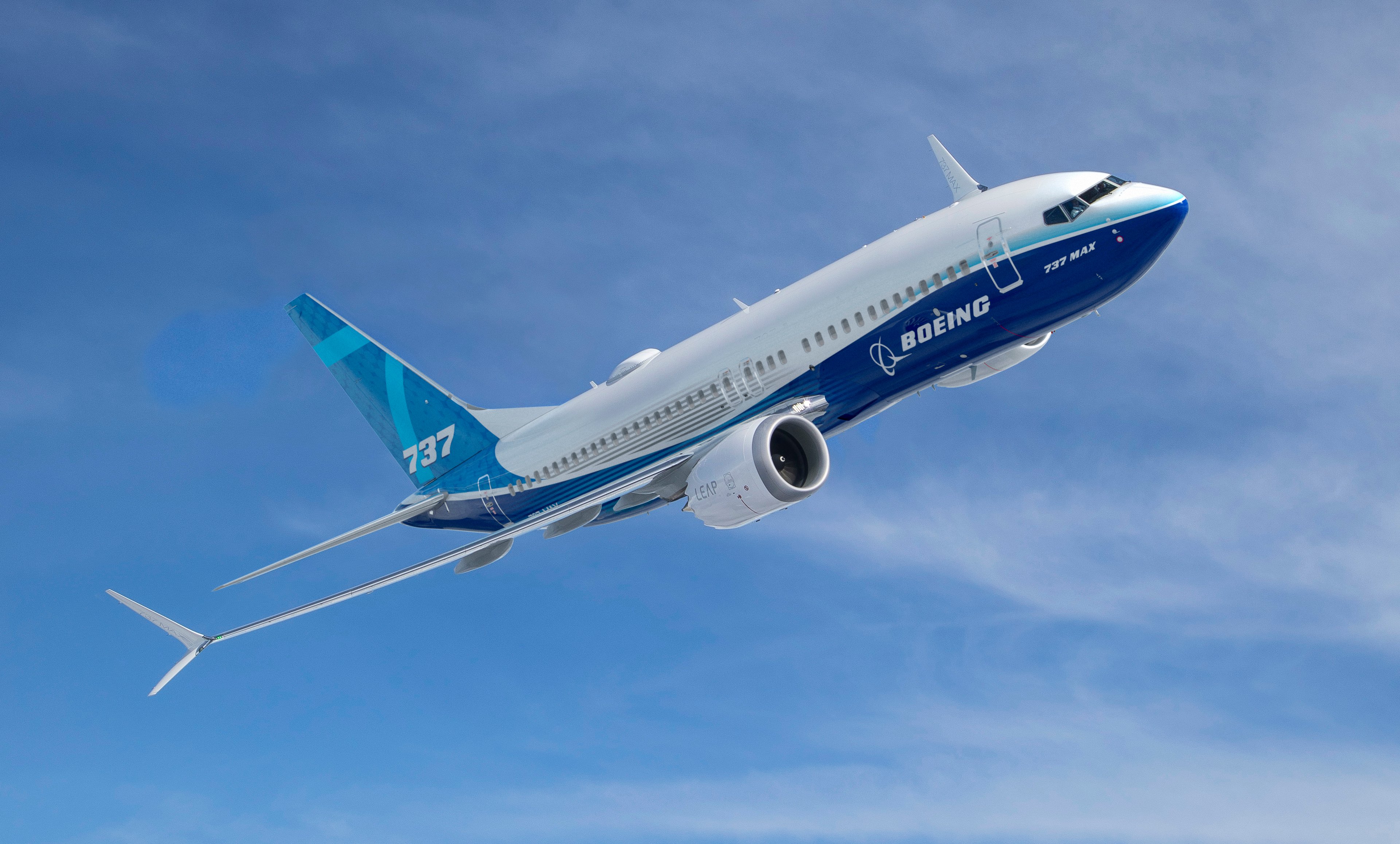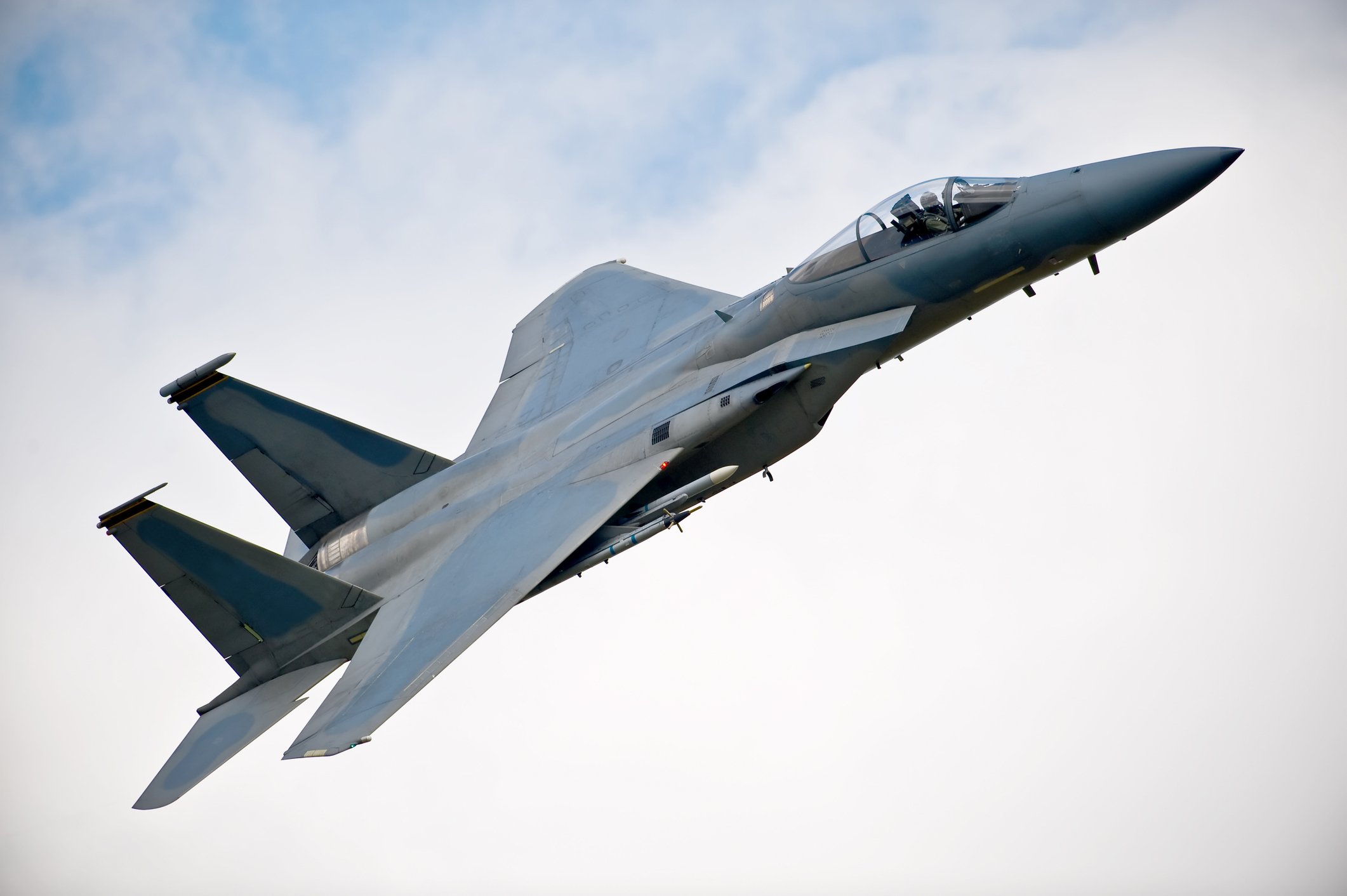On Monday, Seattle-based airline Alaska Air (ALK +0.77%) announced that it will buy rival Virgin America (VA +0.00%) for $2.6 billion. This was a somewhat surprising turn of events, particularly because Alaska Air operates a single fleet type of Boeing (BA 0.02%) 737s for its mainline flights, whereas Virgin America uses the competing Airbus (EADSY +1.74%) A320 family.

Virgin America currently operates an all-Airbus fleet. Photo: Virgin America.
For the next few years, Alaska Air will operate both fleets side by side. It hasn't decided yet whether to keep Virgin America's A320 fleet in the long run, but the most likely outcome would be a return to a common fleet of 737s by the early 2020s. That's great news for Boeing.
The benefits of a single fleet type
Full-service airlines have historically needed to operate numerous different aircraft types to serve routes with a wide range of distance and capacity requirements.
By contrast, most low-cost airlines have standardized on a single aircraft type. This reduces training costs, increases employee productivity, simplifies spare parts management, and makes it easier to shift crews around on short notice.
As Boeing and Airbus have created "aircraft families" that cover several distinct size classes while maintaining a high degree of commonality across models, single fleet type strategies have become even more appealing. It's no accident that Alaska Airlines and Virgin America have both adopted single fleet types.

Alaska Airlines has operated an all-Boeing 737 fleet since 2008. Photo: The Motley Fool.
Of course, there are some offsetting advantages to operating multiple aircraft types. For example, it might be possible to get lower pricing by making Boeing and Airbus compete with one another for each aircraft deal. But for most low-cost carriers, the costs outweigh the benefits of diversifying their fleets.
Virgin America has a lot of fleet flexibility
The biggest potential barrier to Alaska standardizing on the Boeing 737 again would be the cost of transitioning out of Virgin America's Airbus fleet. However, because most of Virgin America's planes are leased, this actually isn't much of a constraint.
Of the 63 planes that Virgin America will have at the end of 2016, 53 are leased. Of those, 26 leases are scheduled to expire between 2020 and 2022. The 27 remaining leases expire in the few years after that. Alaska would probably be able to terminate those leases early -- or perhaps sublease those planes -- at a reasonable cost.
Virgin America has also agreed to lease 10 Airbus A321neos that will arrive in 2017 and 2018. Those leases will extend until 2029-2030. However, airline demand for the A321neo is likely to be quite high due to that model's very low unit costs. As a result, Alaska Air should be able to sublease those planes if necessary, without losing any money.

Alaska Air would likely have no trouble subleasing Virgin America's A321neos. Photo: Virgin America.
Virgin America also has orders for 30 A320neos, scheduled to arrive between 2020 and 2022. However, it can cancel all of those orders for a $26 million cancellation fee. Finally, Virgin America will own 10 A320s by the end of 2016. Boeing would almost certainly accept these as trade-ins toward the purchase of new Boeing 737s.
The new Alaska could become a major customer
Over the past year, many analysts and investors have become worried about whether demand for Boeing's planes is holding up. One of Boeing's problems is that Airbus has been very aggressive on aircraft pricing, allowing it to win a lot of deals with low-cost carriers looking to operate a single fleet type.
Even on Boeing's home turf, most of the fast-growing low-cost carriers operate Airbus fleets. Only Alaska and longtime Boeing stalwart Southwest Airlines have opted for the 737.
Alaska Airlines is already a significant customer for Boeing and had 65 firm orders for Boeing 737s as of the end of February. These planes are all scheduled for delivery by 2022. (Indeed, more than a quarter of them are coming this year.) However, if Alaska opts to return to an all-Boeing fleet in the coming years, there will be a lot more orders in the pipeline.
Based on Virgin America's current fleet plan, it would have 103 aircraft by the end of 2022. If Alaska converts to an all-Boeing fleet by then, it would need to order at least that many more 737s from Boeing.
Longer-term, Alaska sees the Virgin America purchase as providing a platform for growth in California. By the end of 2022, the combined carrier could have around 300 mainline planes in its fleet and could be buying 20-25 airplanes a year to meet growth and replacement needs.
If Boeing can grab all of those orders, it would be a big coup. It's likely to be quite aggressive on pricing to persuade Alaska to abandon Virgin America's Airbus fleet. Solidifying its position as Alaska's sole mainline aircraft supplier should lead to a steady stream of orders for decades to come.








